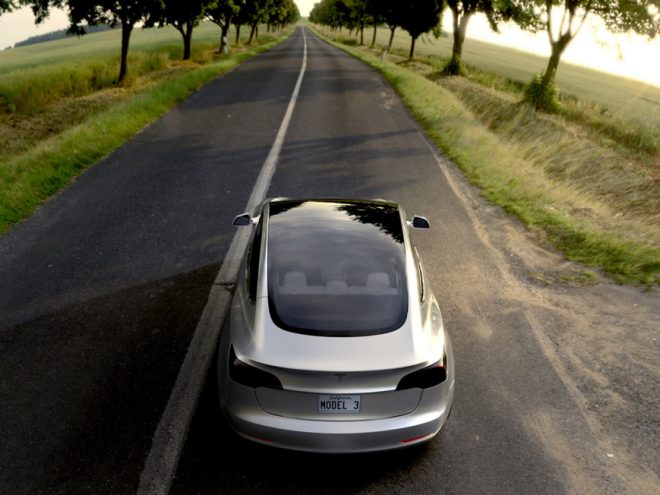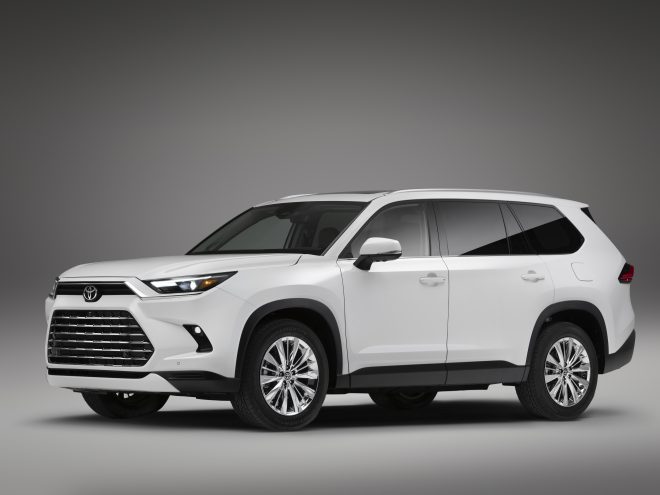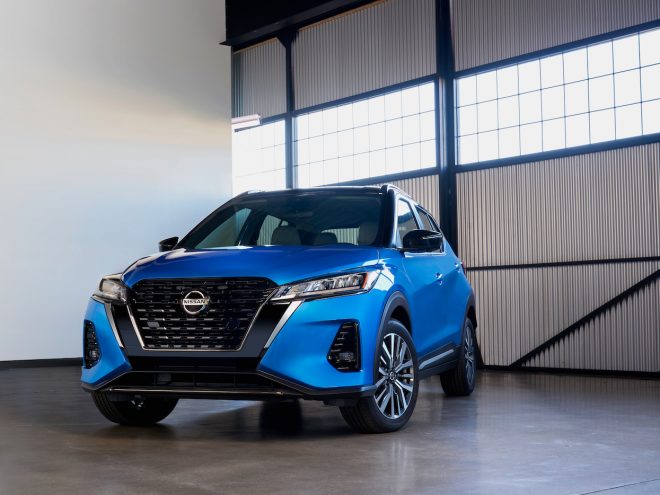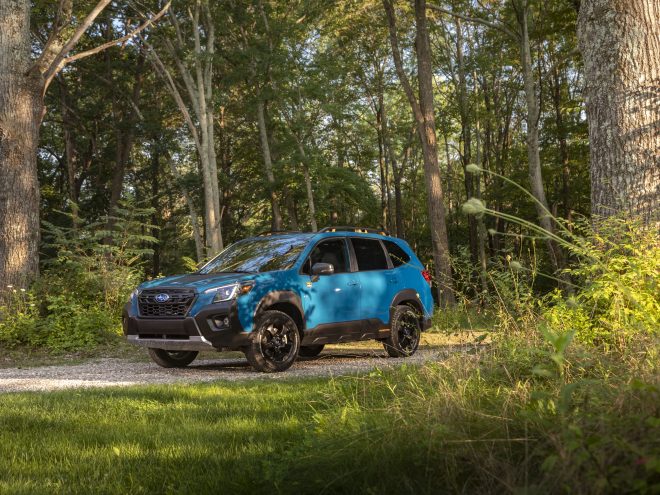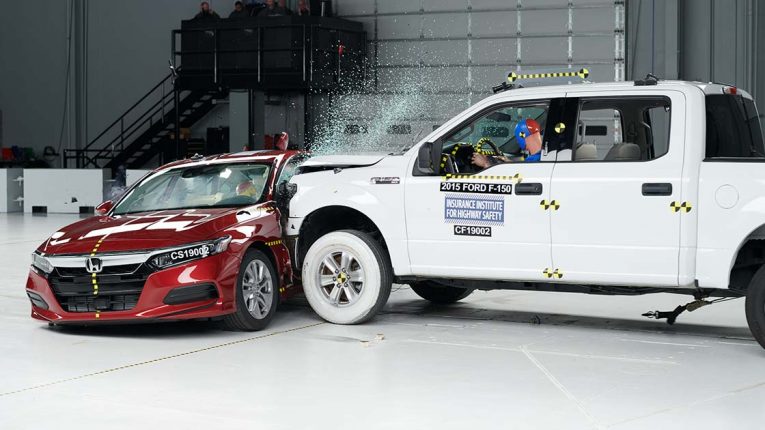
Can You Blame A Car Accident On Your Vehicle’s Technology?
Blaming a car accident solely on a vehicle’s technology is a nuanced issue that depends on various factors, including the specific circumstances of the accident, the functionality of the technology, and the actions of the driver. While advanced vehicle technologies are designed to enhance safety, they are not foolproof, and their effectiveness can be influenced by multiple variables.
In most cases, drivers bear the primary responsibility for operating their vehicles safely. Even with advanced safety features, such as lane-keeping assistance, automatic emergency braking, or adaptive cruise control, drivers are expected to remain attentive, engaged, and in control of their vehicles. If a driver becomes overly reliant on technology or fails to use it properly, they may still be held accountable for any resulting accidents.
If a driver fails to maintain or properly use the vehicle’s technology, leading to an accident, they may be considered negligent. For example, ignoring warnings from collision avoidance systems, disabling safety features, or failing to keep sensors and cameras clean could contribute to accidents that might have been prevented with proper use of the technology.
Vehicle technologies, while advanced, have limitations. They may not perform optimally in certain weather conditions, recognize specific obstacles, or handle complex traffic situations. If an accident occurs due to a technology’s inherent limitations, it may be challenging to solely blame the driver or the technology. Manufacturers are expected to provide clear guidance on the capabilities and limitations of their vehicle systems.
If the accident is a result of a defect in the vehicle’s technology—whether it be a manufacturing defect, design flaw, or inadequate warnings—liability may shift toward the vehicle manufacturer. In such cases, the car accident lawyers in Austinsuggest that legal action be taken against the manufacturer for producing a faulty product that contributed to the accident.
In instances where a car accident is directly linked to a malfunction or failure in the vehicle’s technology, there may be grounds for a product liability claim. This holds the manufacturer accountable for injuries or damages resulting from a defective product, and the burden of proof typically lies with the injured party to demonstrate the technology’s failure was a direct cause of the accident.
Some jurisdictions apply the principle of contributory negligence, meaning that if both the driver and the vehicle’s technology contribute to the accident, responsibility may be shared between the two. In such cases, each party’s degree of fault is considered when determining liability.
The legal landscape regarding accidents involving vehicle technology is evolving, with courts grappling with the complexities of assigning responsibility. Regulations and standards are continually being updated to address emerging technologies, shaping the legal framework around liability. Furthermore, advancements in autonomous driving systems add a layer of complexity, as questions about the handover of control between driver and vehicle arise. As technology continues to play a crucial role in automotive safety, both drivers and manufacturers need to stay informed about legal developments and responsibilities to ensure a safer and more accountable driving environment.
Whether a car accident can be blamed on a vehicle’s technology depends on the specific circumstances and factors surrounding the incident. Drivers must use advanced vehicle technologies responsibly, and manufacturers must ensure their products meet safety standards. If an accident occurs, a thorough investigation may be necessary to determine the contributing factors and allocate liability appropriately. It is essential for drivers to be aware of the capabilities and limitations of their vehicle’s technology and to use it in a manner consistent with safe driving practices.

